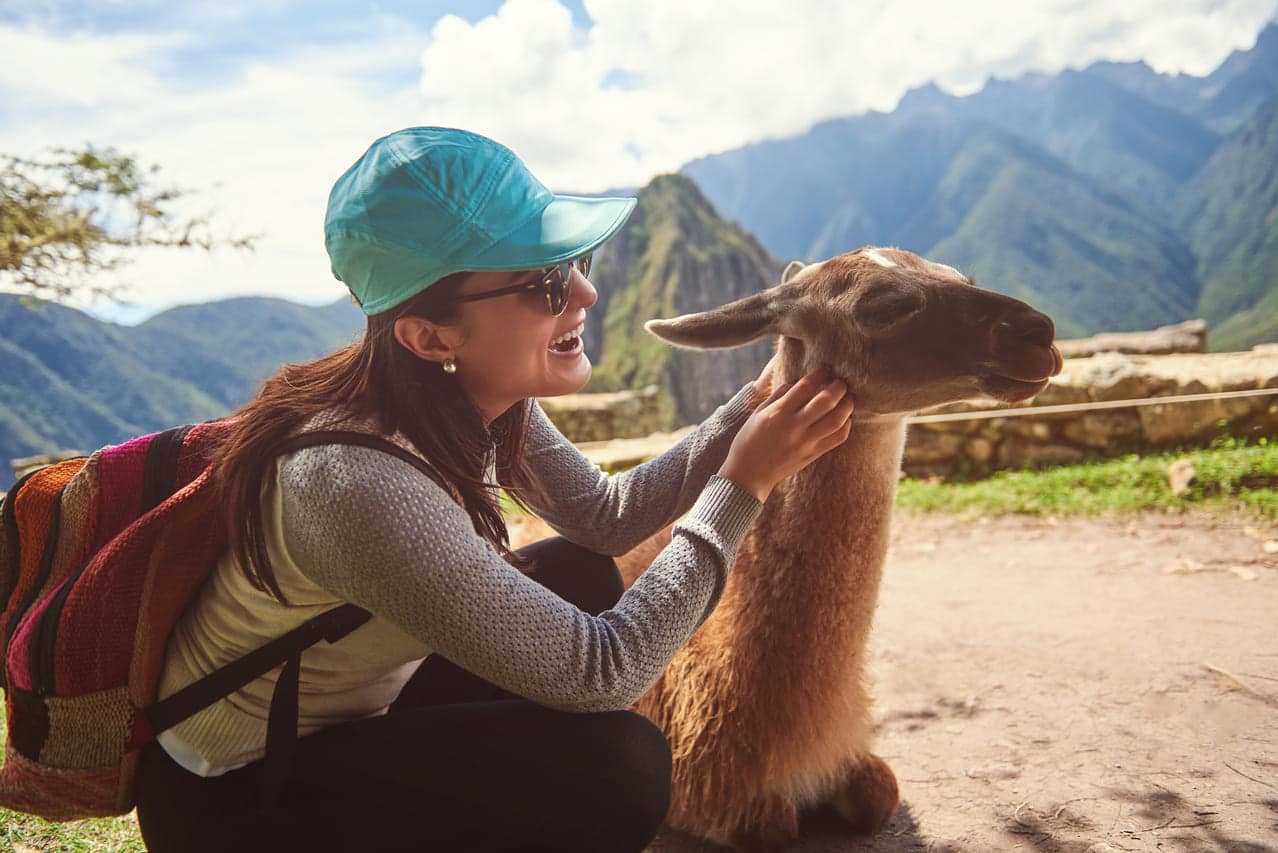
Peruvian Slang Words and Phrases That’ll Help You Blend In With The Locals
DATE:
Peruvian slang is like a treasure chest brimming with colorful expressions and quirky phrases. Ever heard someone say “chamba” and wonder what it means? In Peru, “chamba” is simply “work.” This slang captures the essence of Peru’s rich and diverse culture, adding a splash of local flavor to everyday conversations. From the bustling streets of Lima to the high-altitude markets of Cusco, these colloquialisms are more than just words—they’re a window into the soul of Peruvian life.
Understanding Peruvian slang not only helps you navigate conversations with locals but also gives you a deeper appreciation of their way of life. Imagine you’re in a lively market and someone tells you to “jamear” – they’re inviting you to eat! These expressions, rooted in history and daily experiences, reveal the warmth and humor of the Peruvian people. So, let’s dive in and explore some of the most intriguing and useful Peruvian slang terms that will make your Spanish sound authentically local.
How Is Peruvian Spanish?
There are four significant dialects in Peru: Andean, Coastal, Andean/Coastal, and Amazonic. Coastal Peruvian is considered the “standard” dialect since it’s the version spoken in the capital.
This means that the people from Cuzco will speak a bit differently than in Lima or Trujillo. But this is common in Latin American countries and is part of the fun of learning the language!
In terms of slang, the most important lesson to know is that they incorporate a lot of vocabulary words from Quechua (one of the indigenous languages) into their “standard” Spanish. For example, the term “calato” comes from Quechua and means “naked.”
And that’s what makes Peruvian slang words so unique. So get ready to read up on some of the local terminologies to help you get around the country without trouble.
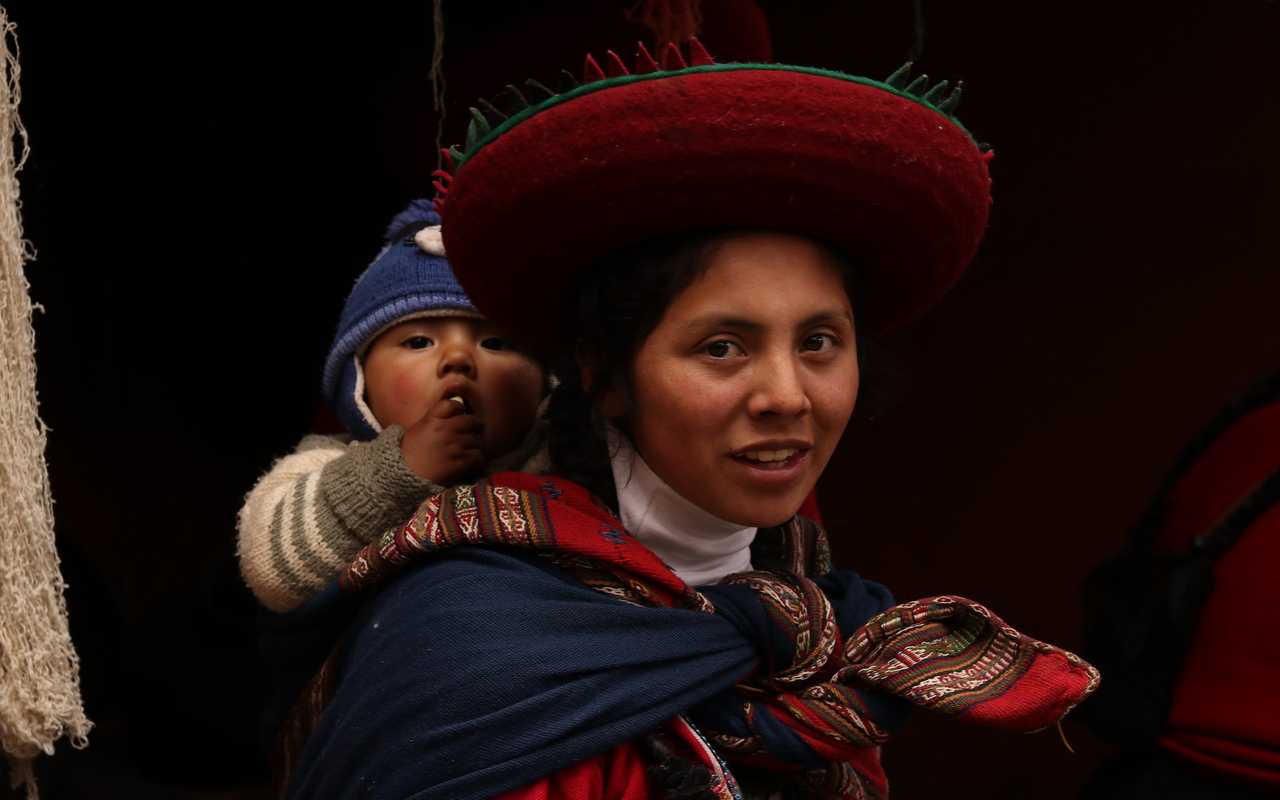
Common Peruvian Slang Words
|
Spanish |
English |
|---|---|
|
Pata |
Friend |
|
Pue / Pe |
Well |
|
Chamba |
Job |
|
Chancha |
Splitting the bill |
|
Mote |
Accent |
|
Coca-Cola |
Crazy |
|
Al toque |
Right away |
|
Jale |
Sex appeal |
|
Roche |
Shame |
|
Asu mare |
Wow! |
1. Pata
This word exists everywhere in the Spanish-speaking world, and it means an animal leg or paw. But in Peru, it’s a slang term for “close friend.” So you can refer to your friend as “mi pata.”
- Oe, mira, es mi pata Juan. – Hey look, it’s my pal Juan
2. Pue / Pe
This is one of the most common interjections you’ll hear in the Spanish language, so you’ll want to get this one down. It has the same meaning as “well” in English. For example, when you say, “Well, I don’t know….” But, you can use it in other contexts as well.
This is a slang word that changes form almost everywhere you go. It comes from the full-form “pues,” and in Peru, it gets shortened to “pue” or, more commonly, “pe.”
If you go to Peru, you’ll hear this in every conversation. Sometimes it doesn’t even have a grammatical meaning; it’s just added to the end of a sentence (Kind of like how people from California are famous for adding “like” to every other word).
- Pe, no sé qué quiero cenar – Well, I don’t know what I want for dinner
- ¿Qué tal, pe? – What’s up?
3. Chamba
In standard Spanish, you would tell people you have un trabajo, but in Peruvian Spanish, you can say you have una chamba. It’s a simple word that shouldn’t be too hard to figure out, but if you ever heard it out of context, you might not be able to guess what it is.
- Está todo muy mal, aún no tengo chamba. – The situation is really bad; I still don’t have work.
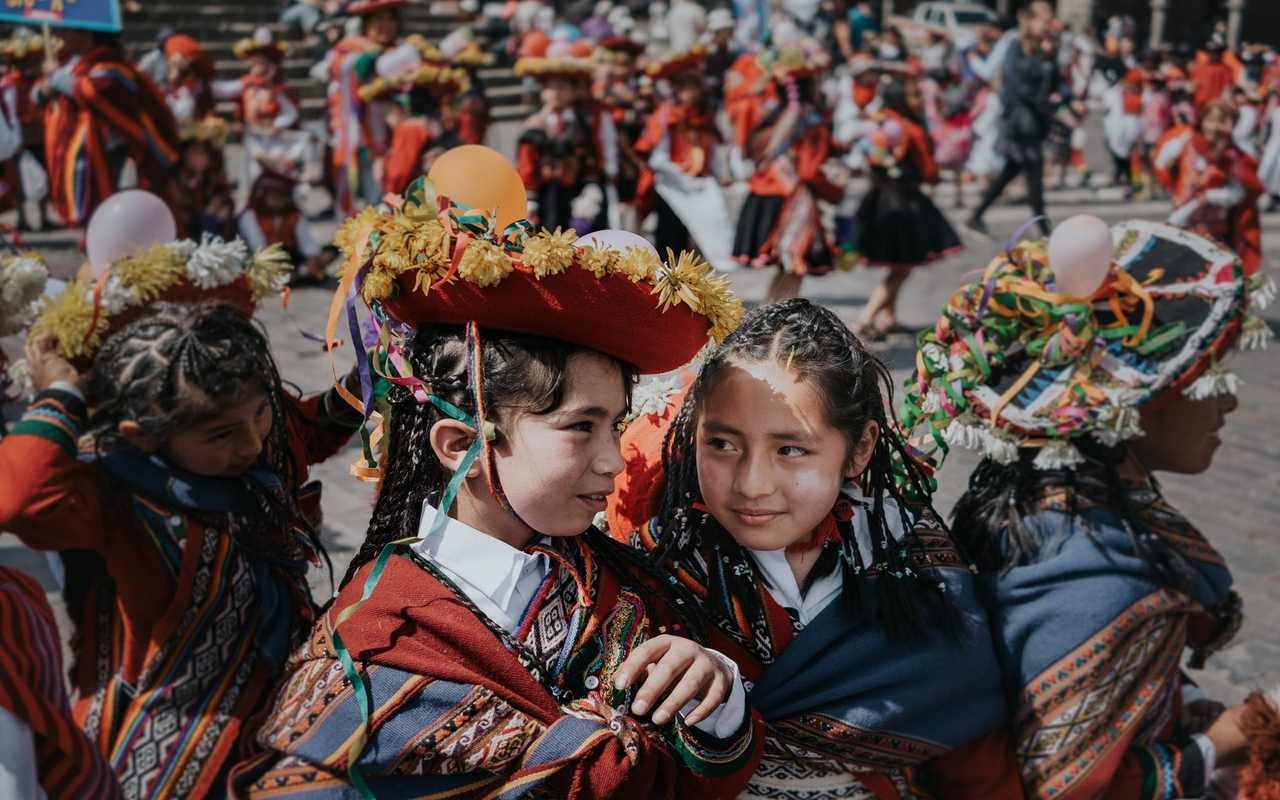
4. Chancha
This word by itself can mean a lie or pig, according to the RAE. However, when combined with “hacer,” this takes on a very different meaning in Peruvian slang. If you’re out to dinner with some close friends, you might tell them, “vamos a hacer una chancha.”
In this context, it’s just a common word for splitting the bill. So on your trip to Peru, if you go out with some friends, don’t forget to hacer una chancha.
5. Mote
In the rest of the Spanish-speaking countries, this word means “nickname.” But in Peru, it’s used to refer to someone’s accent. But beware – it’s one of those slang words and phrases that are usually used negatively. It’s implying that someone has an accent because they don’t speak correctly.
So maybe someone will tell you that you have a mote inglés. For a foreigner, it’s probably not meant to be very offensive unless you upset the locals. However, if you hear someone refer to someone’s mote charapa or the mote provinciano an older person has, it’s unlikely that they’re saying it positively.
Of course, you probably won’t need to use this word. However, it’s always good to know which Peruvian slang words are used to describe something negatively.
6. Coca-Cola
This Spanish word is an enjoyable one on the list. Of course, Coca-Cola can be the brand name and the drink. In fact, in many parts of Latin America, you can use it to refer to any soft drink, not just this specific brand.
But in Peru, you can use it to describe someone who is crazy or going crazy. Most likely, people use this because it rhymes with the actual Spanish word for crazy, loco.
- No sé qué le pasa, está Coca-Cola. – I don’t know what’s wrong with him, he’s crazy.
7. Al toque
This piece of slang is a classic one, and it’s pretty widely used. The literal meaning is “at the touch,” but the figurative sense isn’t too far off, either.
People say this phrase when they want to describe something immediately. As in, something will happen “at the touch / immediately.”
In the rest of the Spanish world, some people could use “al punto” with a similar meaning, but in Peru, this is a prevalent phrase to hear.
- Hijo, ven a casa al toque. – Son, come home right now.
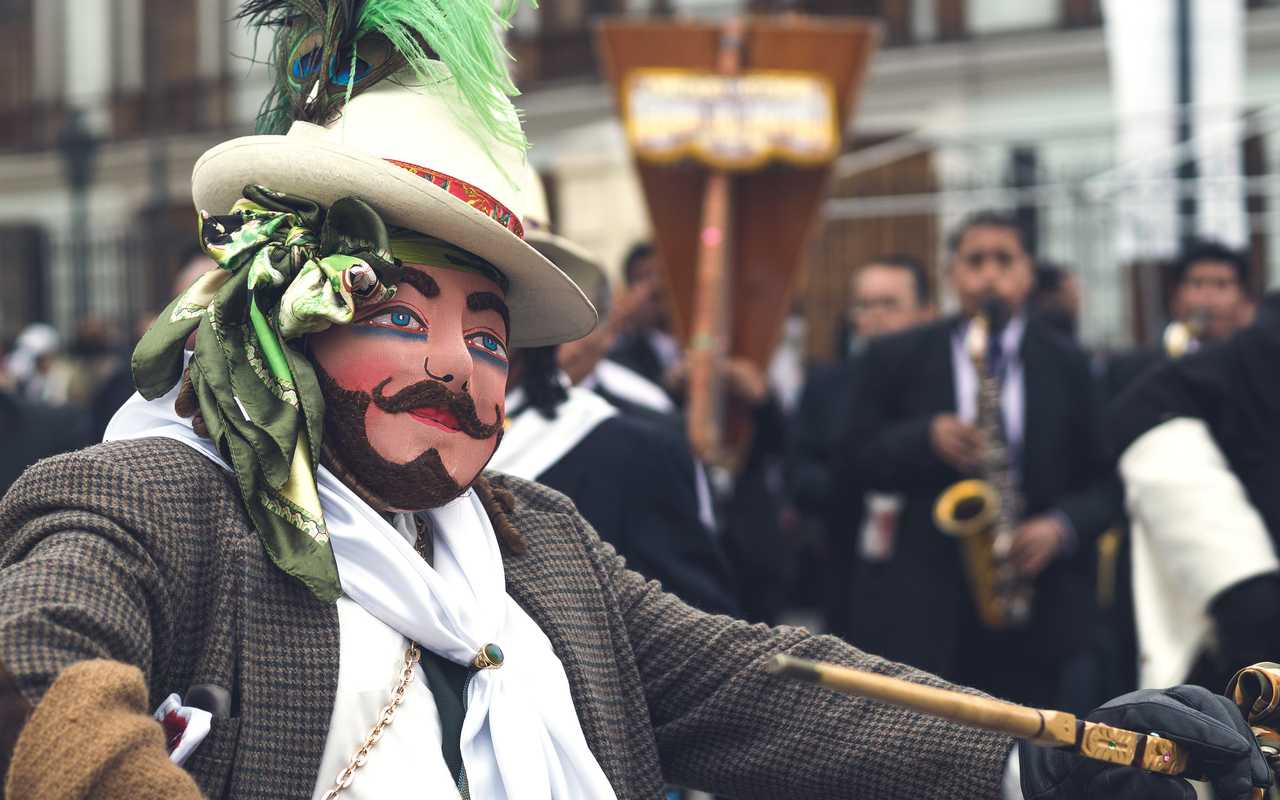
8. Jale
This is another one of those words and phrases that are purely Peruvian. As a rough translation, jale means charisma. But in reality, it’s applied more to someone’s sex appeal or a person’s attractiveness.
If you go to a club in Lima, you might hear people talking about if someone has jale or not.
Someone with jale is attractive, has a good personality, and is probably good at flirting. So if someone in Peru tells you that you have jale, you can definitely take that as a compliment.
9. Roche
It means shame or embarrassment and is usually used as an exclamatory phrase: ¡qué roche!. It comes from the French word for rock, presumably because when something embarrasses you so much, you just crawl into the ground like a rock.
In other parts of the world, people could say “qué pena” or “qué vergüenza,” depending on the context you want to use it in. For example, if someone tells you a story about something awkward they did, you could respond, “qué vergüenza” or “qué roche.”
10. Asu mare
This is one of the tell-tail words and phrases that immediately lets you know someone is Peruvian.
It comes from combining the words from the “a su madre” and refers to something that surprised you. Although “wow” isn’t the most accurate translation in English, you can use both of those expressions in the same context. But let’s be honest, yelling asu mare is a lot cooler than some of the other standard Spanish phrases you have as options.
On a side note, there’s a hit movie called Asu Mare with two sequels, if you like dramatic comedy movies.
Other Funny Peruvian Slang Words
Of course, there are plenty of other expressions you’ll hear around Peru. Spanish is a rich language with a lot of diversity, so you’ll learn something new every day.
Some other common examples are:
- Ay, piña pues. – Ah, what bad luck.
- Quiero jamear – I want to eat.
- Me da palta pasar frente a mi ex – I’m embarrassed to come across my ex.
- Muy bien, ¡qué bacán! – Great, that’s cool!
- ¿Qué pasa, huevón? – What’s up, dude?
- ¿Pedimos un par de chelas? – Should we order a couple of beers?
There’s also a ton of words that Peruvians use in their daily life that might have a different meaning than what you’re accustomed to. For example, in Peru, the word for avocado is palta, and another standard greeting is just “habla.”
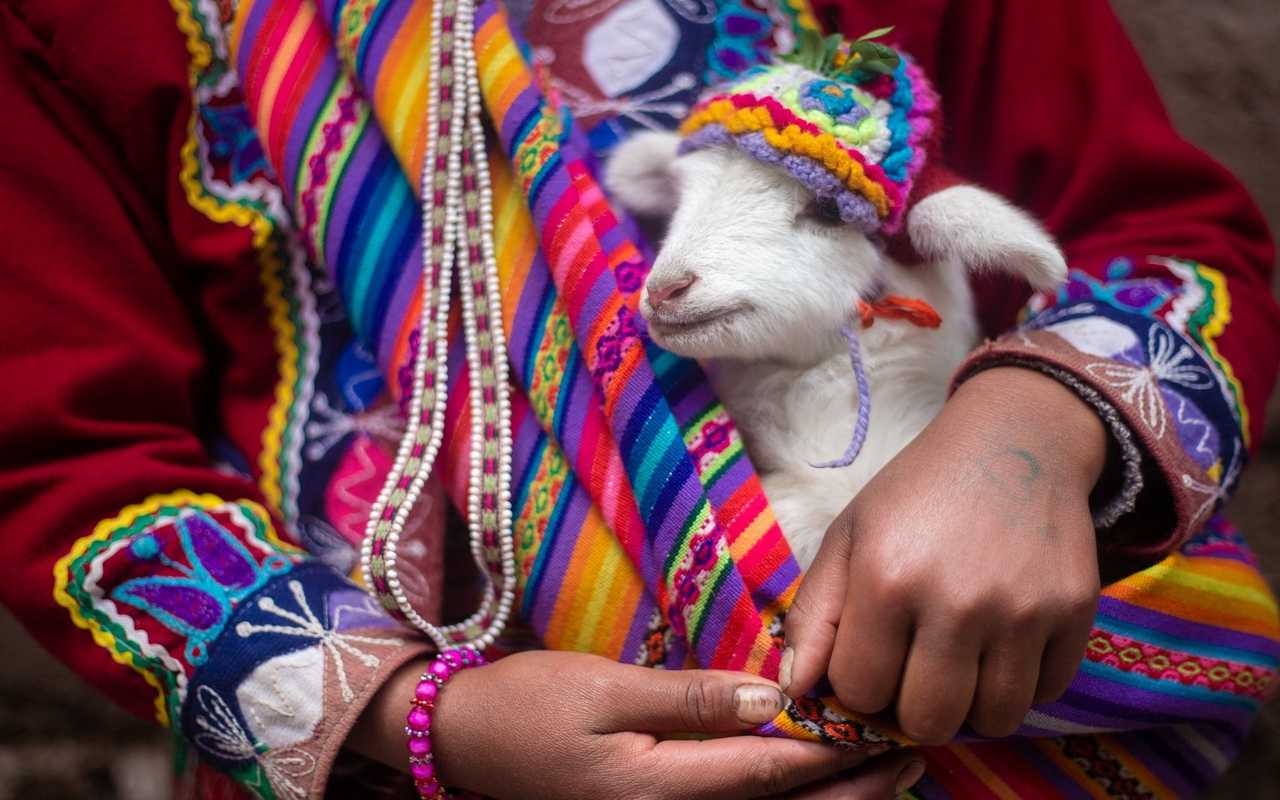
Ready To Go To Peru?
You’re ready to start talking like a native Peruano and plan your next trip to Peru!
This list is just the start of the slang you can learn while you travel through Peru. Go ahead, start learning some new expressions from our list and then watch some videos or speak to some natives to get used to the Peruvian accent.
Each region has its own peculiarities, so the best way to get used to the accent is by jumping right into it! So go ahead and remember, if you’re looking for the support of an incredible teacher, we can help. Try a free private class or sign up for a 7-day free trial of our group classes so you can practice what you learned.
We’ll see you next time.











